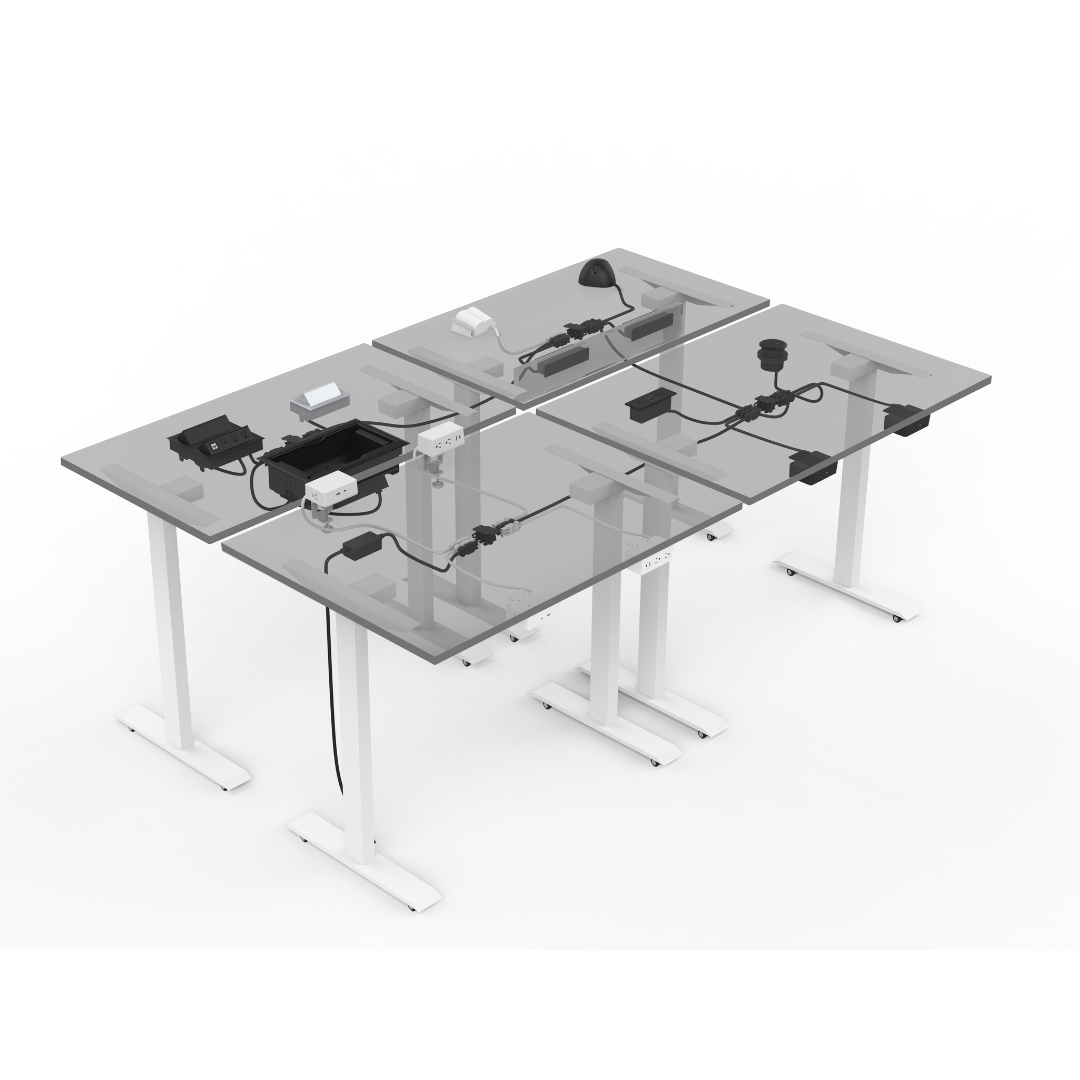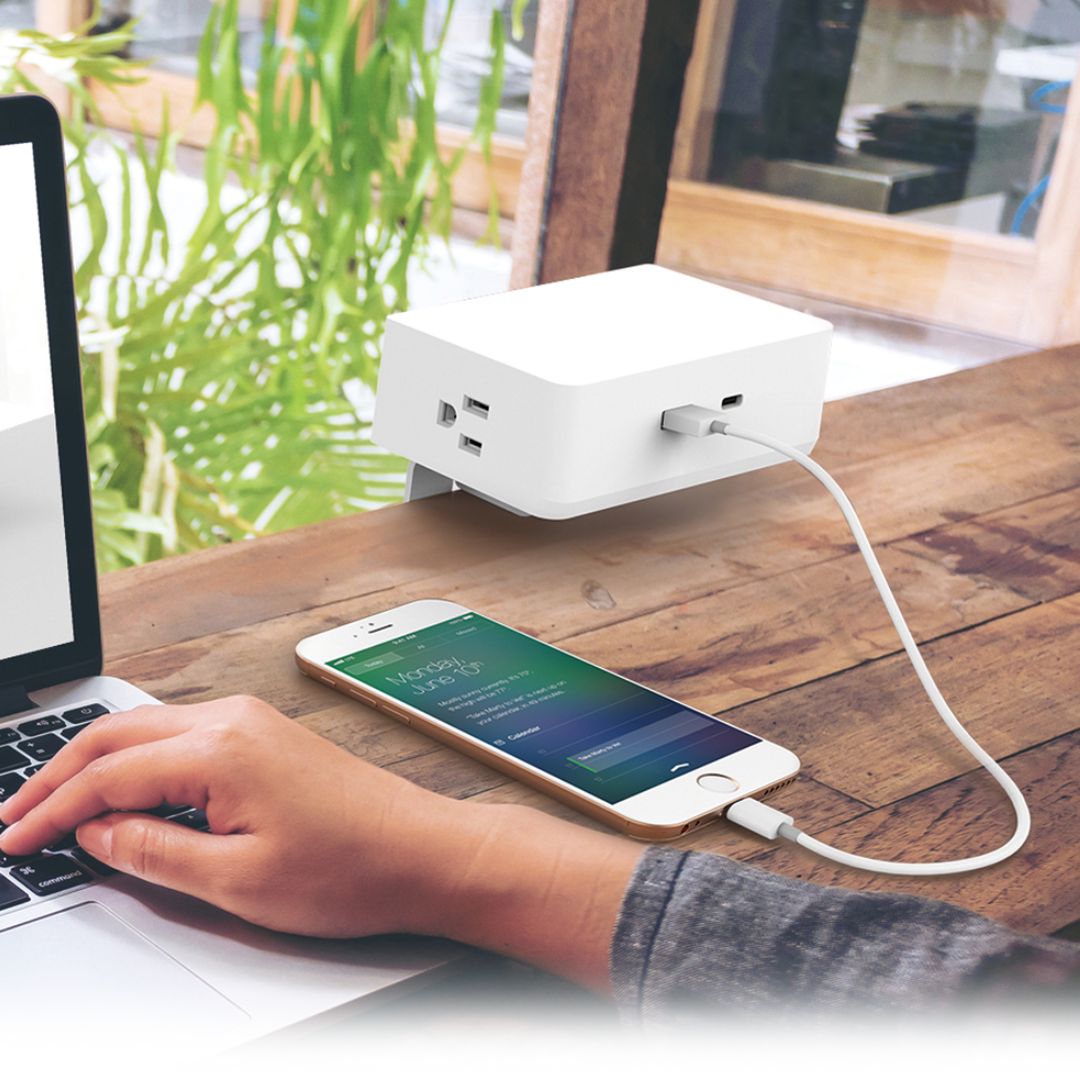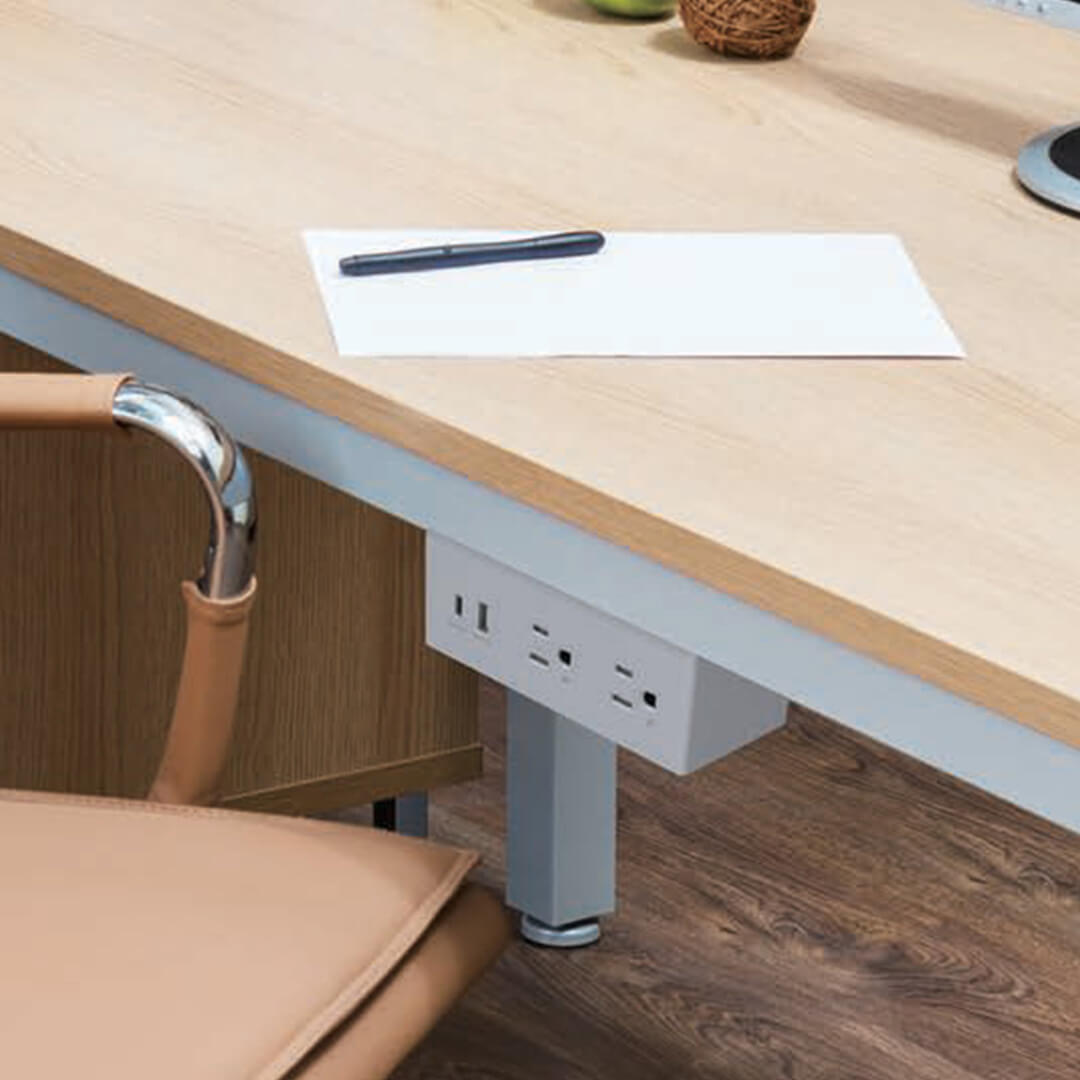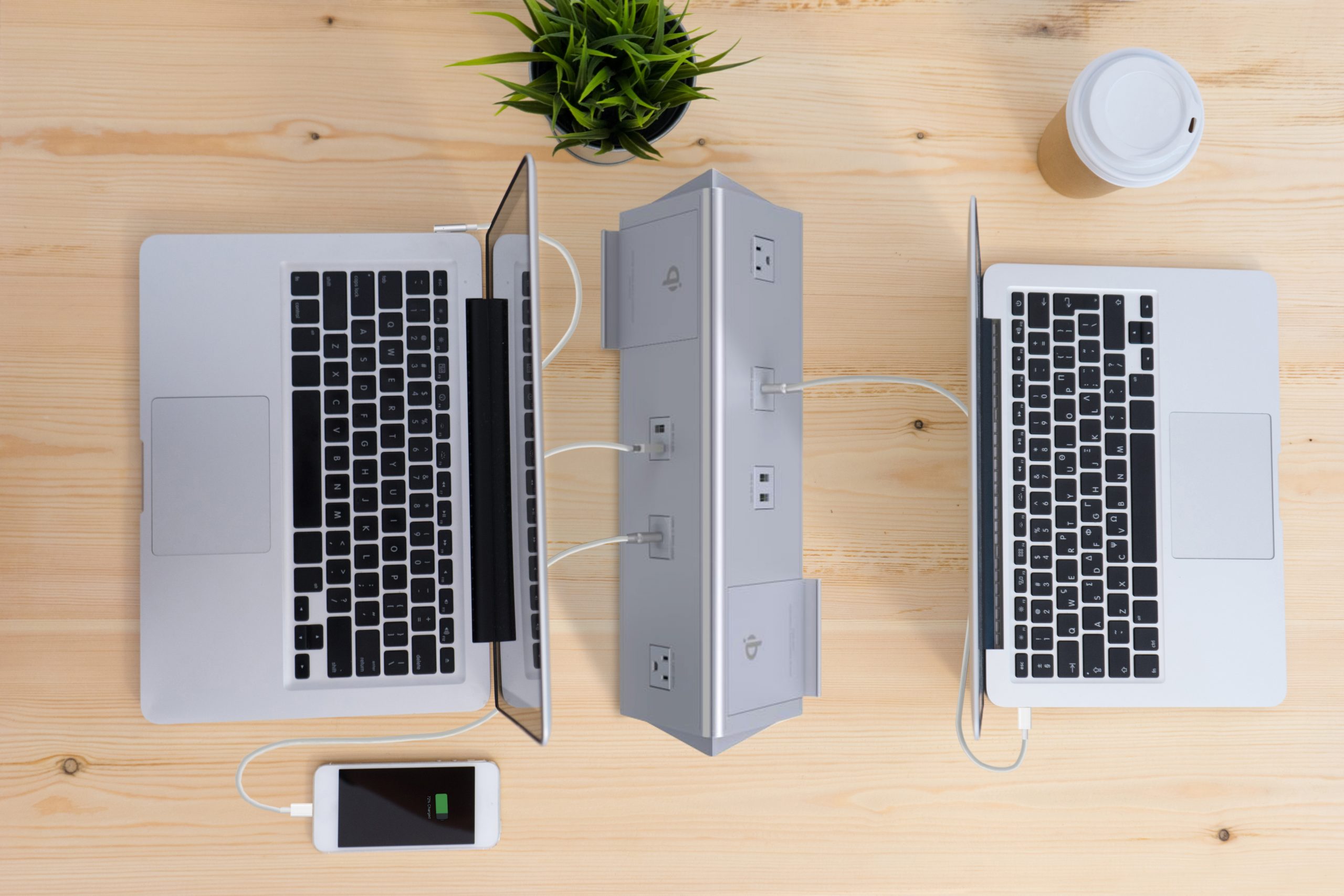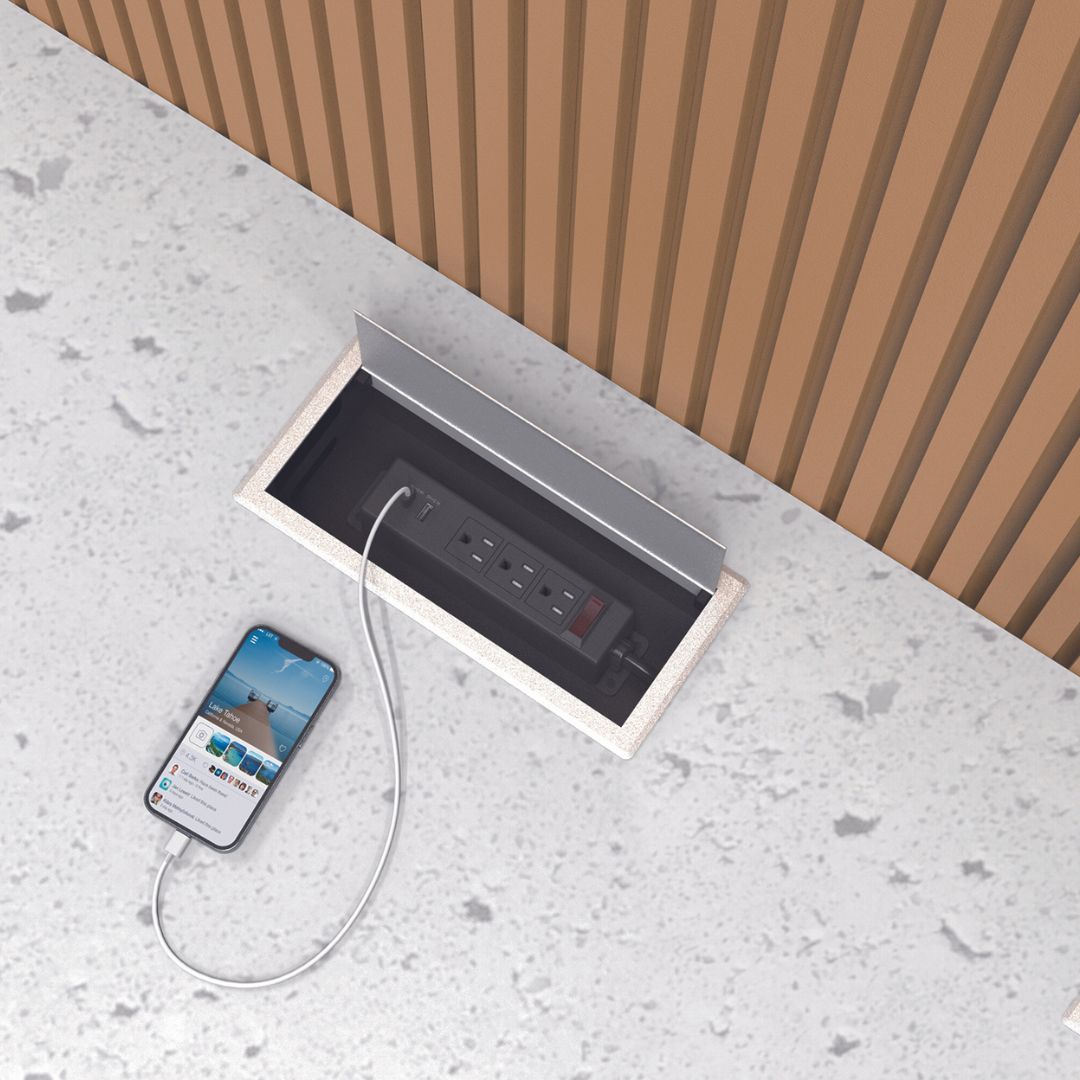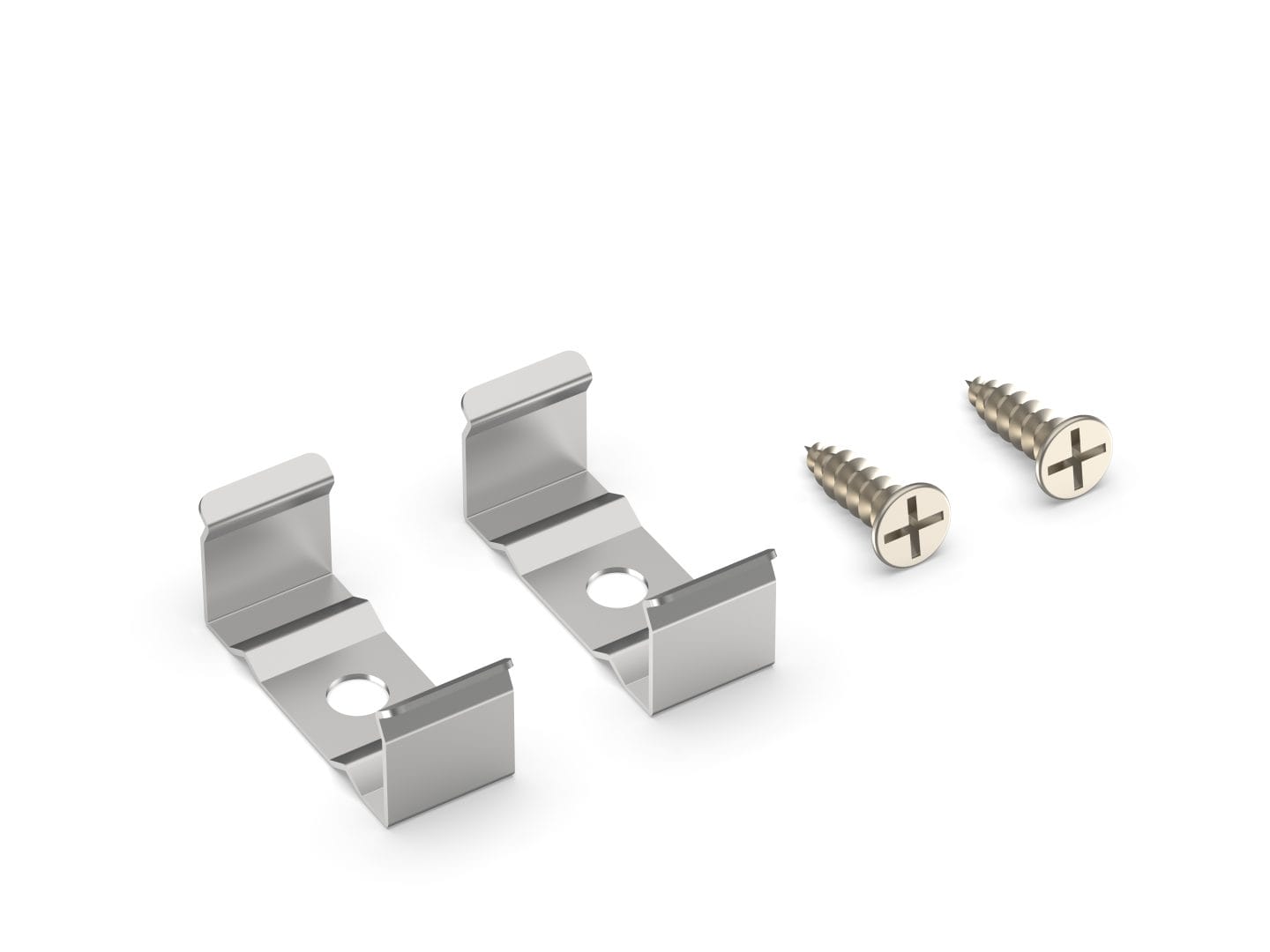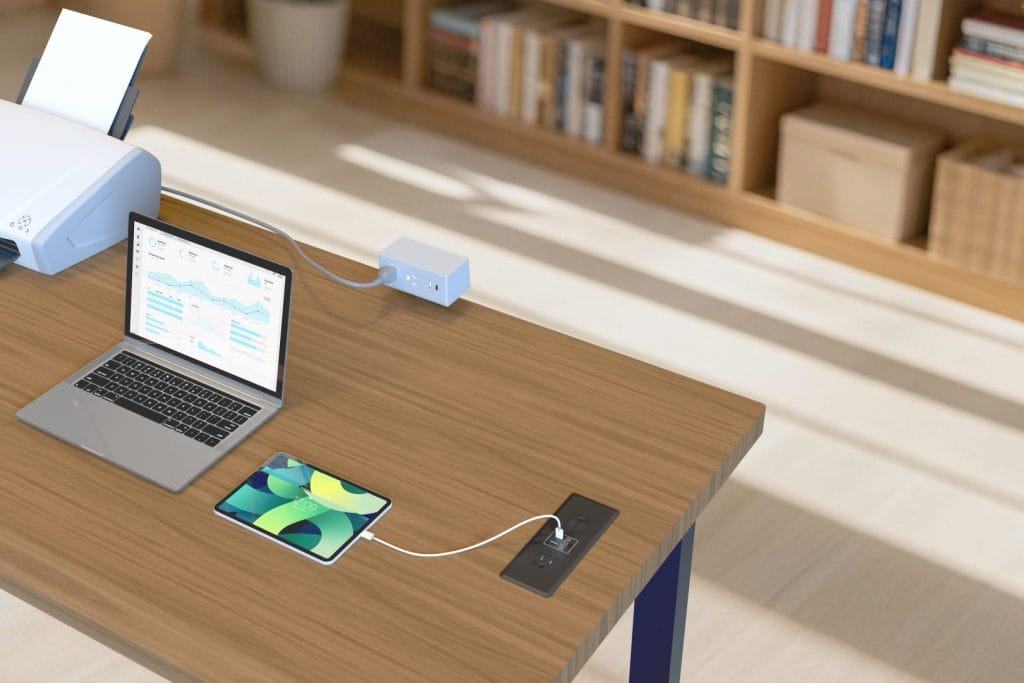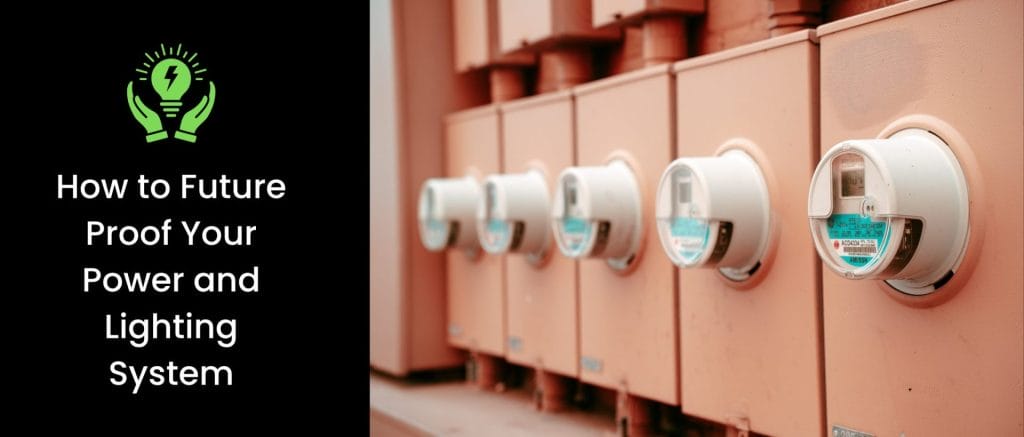The Issue We Often Don’t Think About Until It’s Too Late
When the weather turns stormy and thunder rolls through the sky, our first instinct is usually to bring the dog inside, check the windows, or cancel outdoor plans. But there’s something else worth thinking about; something inside your office and home that could be at serious risk: your electronics.
Whether it’s your server room, laptop, or home office gear, a single power surge can wipe them out in an instant. And the most common culprit? Lightning.
Let’s take a closer look at why surge protection is no longer optional, and how MOD is helping businesses and homeowners safeguard their investments with top-of-the-line surge protectors.
What Is a Power Surge and Why Should You Care?
A power surge is a sudden spike in electrical voltage coursing through a building’s wiring system. These spikes can be triggered by lightning strikes, downed power lines, utility grid switching, or even appliances like printers, refrigerators, and HVAC systems cycling on and off.
Here’s the problem: Your electronics aren’t built to handle those voltage spikes.
The Insurance Information Institute estimates that surges cause hundreds of millions in property damage every year, much of it to electronics and appliances. That’s not just inconvenient; it’s expensive.
Lightning: A Power Surge’s Worst-Case Scenario
Lightning is one of the most powerful forces in nature. A single bolt can deliver up to 1 billion volts of electricity and cause massive damage, even without a direct strike.
Lightning doesn’t have to strike a building directly to be a threat. A strike nearby can send a surge through the ground or power lines into your building or home’s electrical system. Once that happens, anything connected; computers, printers, TVs, routers, charging stations; can all be destroyed in milliseconds.
The National Weather Service confirms that even distant lightning can cause electrical surges capable of damaging your electronics.
The Solution: Surge Protectors That Actually Work
Not all surge protectors are created equal. Cheap power strips might look similar, but they often lack the capacity or certification to protect your devices during serious surges.
So, what should you look for in a quality surge protector?
- High Joule Rating: The higher the joules, the more energy the protector can absorb. Aim for at least 1000 joules for your electronics.
- Low Clamping Voltage: This is the voltage threshold that triggers protection. The lower it is (typically around 400V), the better.
- UL 1449 Certification: This ensures your surge protector meets industry safety standards.
- Reset Switch: Overload protection with reset switch
MOD’s surge protectors are designed with all of these features and more. Our products are tested for durability, reliability, and long-term protection; even in areas with frequent storms or unstable power grids.
Key Benefits of MOD’s Surge Protected Units
Here’s what sets MOD apart:
Reliable, Certified Protection
Our Maggie Wireless Charging Power Dock, Dalta Charging Power Dock, Dock 7 and Dock 8 Power Docks, and TVSP Power Strips all meet UL 1449 standards, offering robust protection for sensitive equipment including computers, smart devices, and AV systems.
Plug-and-Play Simplicity
No complicated setup, rewiring, or complicated installation required. MOD’s surge protected power units plug directly into your outlet; ideal for any application where electronics are regularly used.
Peace of Mind Every Time There’s a Storm
Thanks to built-in protection that absorbs and diverts excess voltage, you don’t have to stress when you hear thunder or see a flash of lightning.
How Surge Protectors Actually Work
Surge protectors use components called metal oxide varistors (MOVs). Think of them as pressure valves for electricity. When they detect a voltage spike, they absorb and safely redirect the excess electricity away from your device.
This Old House recommends a layered approach: start with a whole-system surge suppressor and supplement it with point-of-use devices; such as MOD’s surge protected power units.
But Wait; Do You Really Need One?
In short: yes. Consider this:
- Over 20 million cloud-to-ground lightning strikes happen in the U.S. every year (AMS Journal on National Lightning Detection Network).
- 70–80% of surges originate inside the home due to everyday appliances cycling on and off (Oregon Trail Electric Cooperative on NEMA).
Even if your devices aren’t fried instantly, repeated small surges can wear down internal components, shortening the lifespan of expensive equipment.
Built for Modern Tech: Power Docks, Smart Homes & More
MOD’s surge protectors are designed for today’s connected lifestyles. Whether you’re outfitting an office, gaming station, or a charging dock for your smart devices, they offer:
- Multi-port options including USB-A and USB-C
- Surge protection built into power docks and charging hubs
- Multiple setups ranging from clamp on power docks to free standing power strips
Final Thoughts: It’s Not Just About Protection; It’s About Prevention
Power surges aren’t rare. They’re daily, they’re damaging, and they’re preventable. You wouldn’t skip insurance for your car or house; so why take the risk with your electronics?
Surge protection isn’t a luxury. It’s a must.
Don’t let the next lightning storm be the one that fries your gear. Stay safe. Stay protected.
Got questions about how surge protectors work or which one is right for your setup? Contact us; we’re happy to help.

